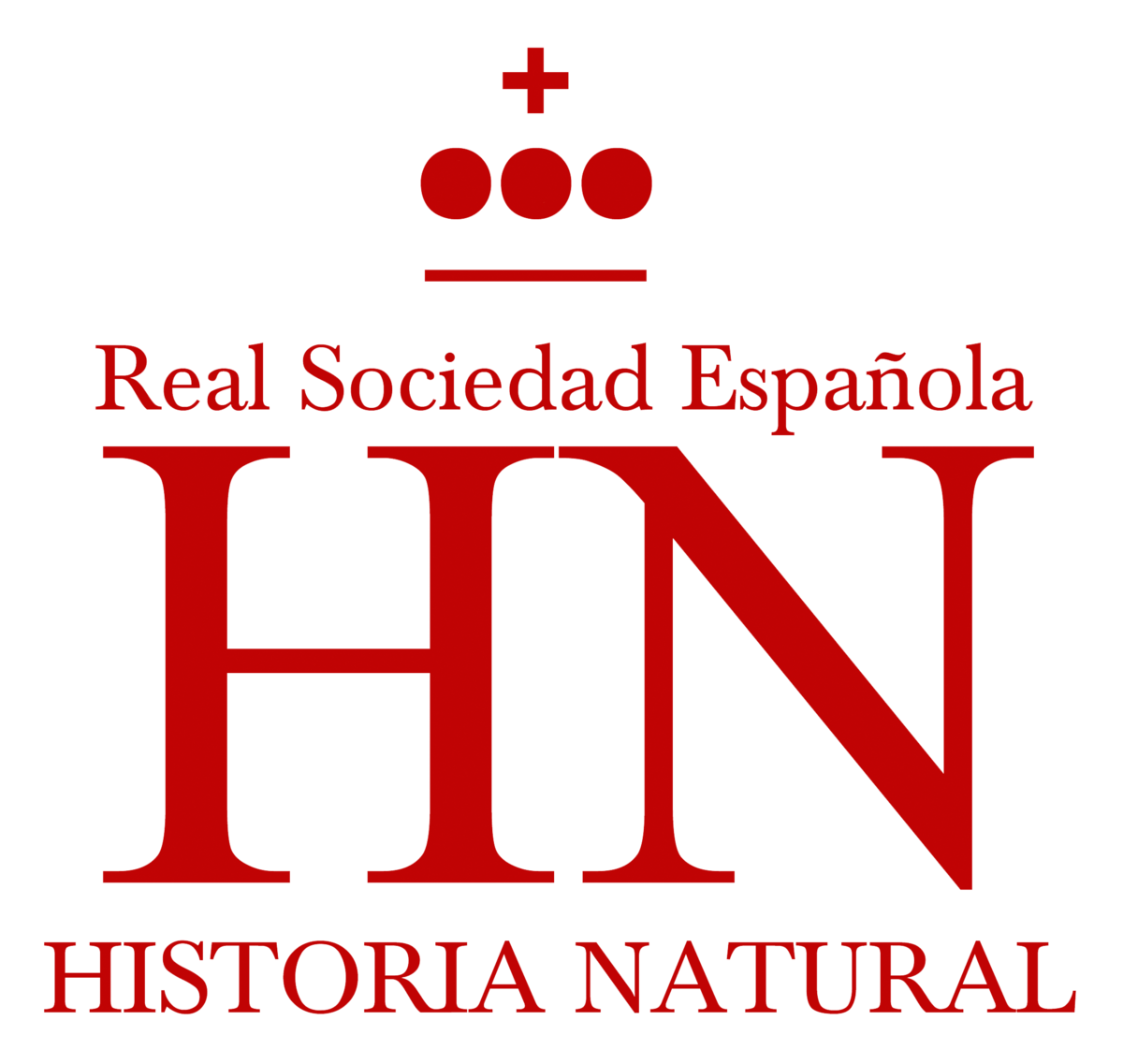Real Sociedad Española de Historia Natural
-
Fecha de alta
24/08/2007 -
Fecha de actualización
24-08-2007 - Descarga la ficha
Descripción
The Spanish Royal Society of Natural History was founded in 1871 with the goal of to "promote the study of the Natural History in Spain and to give to know the natural products of the country", publishing, to the effect, a magazine that was titled "Anales de la Sociedad Española de Historia Natural. Along their history the Society has published diverse scientific magazines. Firstly, the Annals, later the Bulletin, the Memoirs, the Spanish Magazine of Biology and the Reviews and Scientific conferences. At the present time, the Bulletin is published, with two sections: a Biological one and another Geological, and it possesses a library with more than 3000 titles of magazines, of which 1500 are alive titles. The Bulletin presents studies about the geological, prehistorical, floristical and faunistical spanish richness. Among their current activities The Spanish royal Society of Natural History organizes Cycles of Conferences, the publication of the Bulletin and Biennial Meetings. In the group of the members of the Spanish Royal Society of Natural History, the most of the Spanish Naturalists, which possess and study biological and geological collections of all type, are integrated. These collections are deposited in both public and private Institutions, or they are private collections. To obtain information and to access to these collections it is necessary to contact the secretary of the Real Society.
Información general
Objetivos
1- Studies about Natural History, 2- To publish scientific magazines, 3- To organize scientific Cycles of Conferences and Meetings.
Puntos fuertes
All the fields of the Natural History.
Cobertura taxonómica
Nombres científicos
algunos/as Protista.
Nombres comunes
algunos/as animales, algunos/as hongos, algunos/as plantas, algunos/as protozoos.
Cobertura geoespacial
algunos/as mundial, principalmente Península Ibérica.
Localización temporal
Cobertura temporal
algunos/as Cenozoico, algunos/as Cuaternario, algunos/as Mesozoico, algunos/as Paleozoico, principalmente taxón existente.

